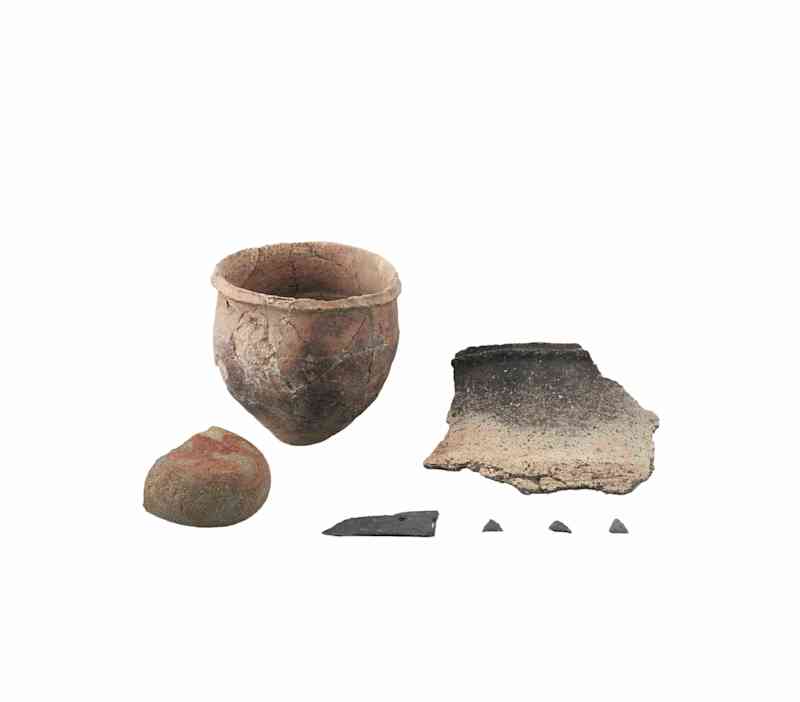
Jomon to Yayoi Period Pottery and Stoneware
Speaking of the history of Kyoto, many people probably think of the period after the construction of Heian-kyo. However, it was not until the Heian period that people began to live here. Interestingly, in the vicinity of the Museum of Kyoto on Sanjo Dori, traces of human activity dating back even further than the Heian period have been found, such as pottery and stone tools dating from the Jomon to Yayoi period.
The Kitashirakawa site, which is located on the campus of Kyoto University, is well known as a ruin of the Jomon period in Kyoto, but there are also other ruins in the city, such as those in the vicinity of the Museum of Kyoto. The discovery of a late Jomon period residence is a particularly valuable example in the central basin of Kyoto, where the remains of a furnace used for daily life and clay pits presumed to be tombs have also been found. The site is included in the area of the Kyoto City site known as the Karasuma-Oike Site.
In this area, the strata of the Jomon period still lie about 2 meters below the ground we are walking on. The Jomon earthenware excavated is a bowl with a convex band around the rim, and is thought to date to the end of the Jomon period. In addition to stone arrowheads presumed to have been used for hunting, a stone axe, a polished stone, a stone knife used as a harvesting tool, and fragments of stone poles presumed to have been related to rituals were also found.
